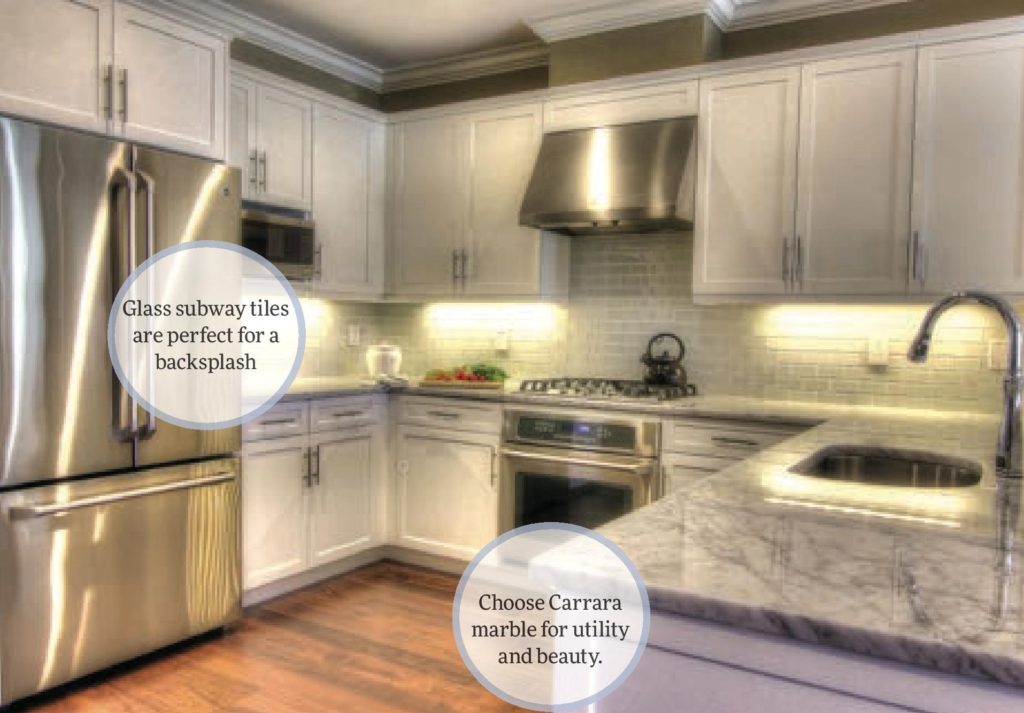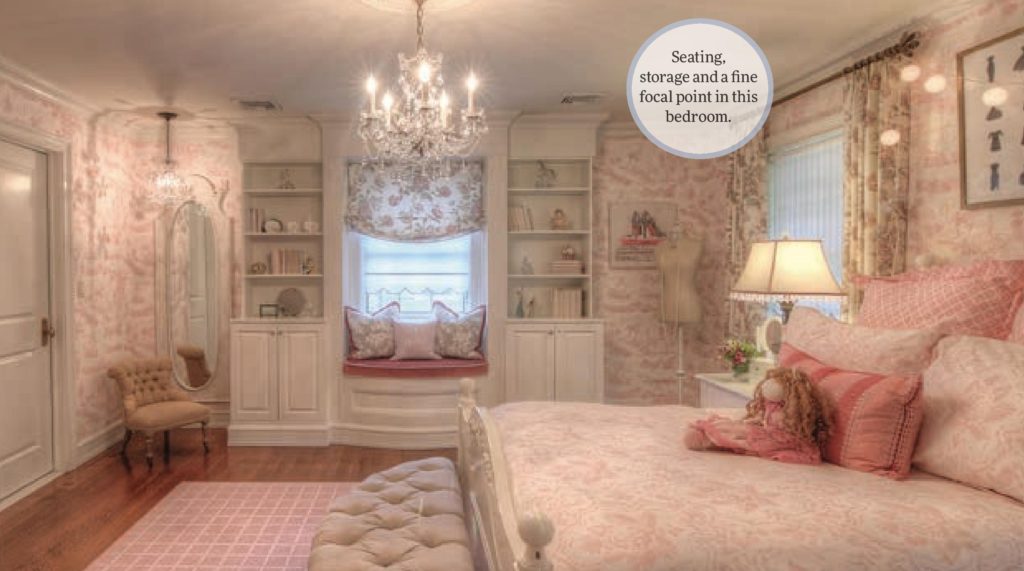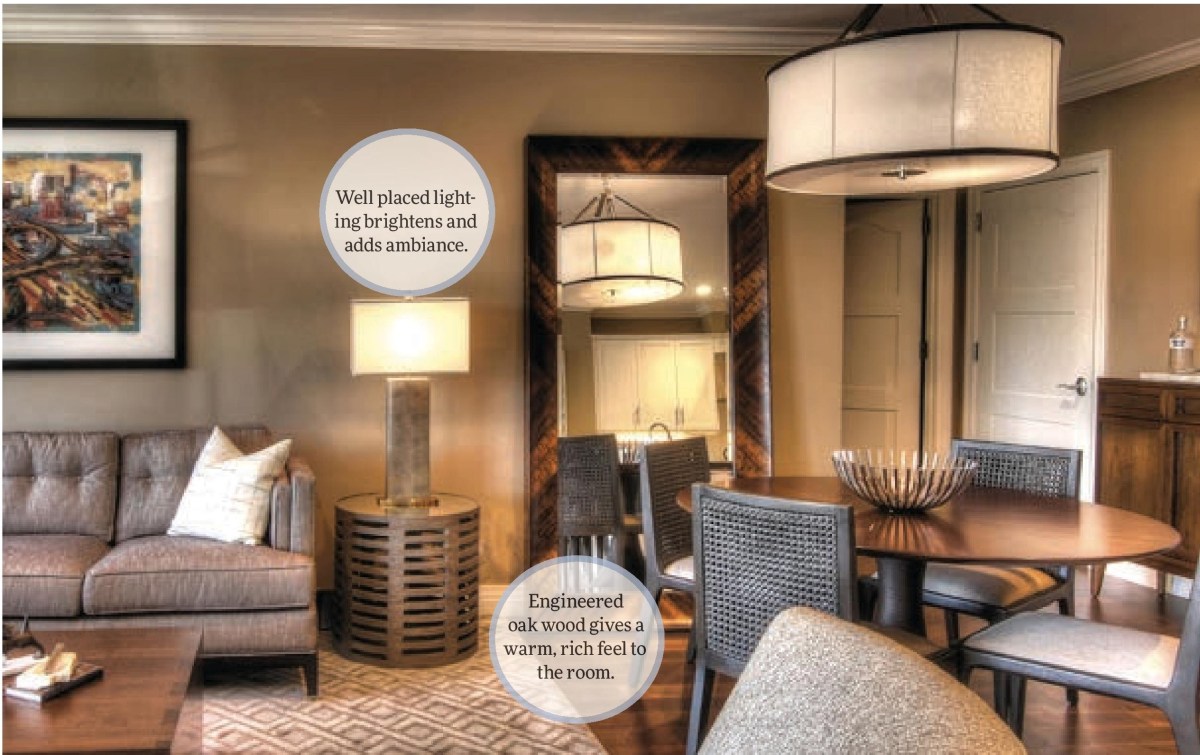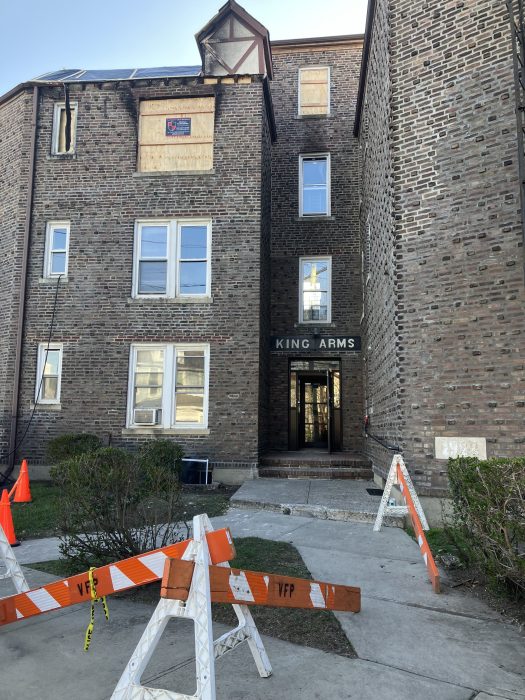Renovating your house doesn’t have to mean taking it down to its studs. It does, however, entail some big decisions.
First establish why you want to renovate, says Micah Finkel, owner of the Brooklyn-based Sons & Co., a custom millwork company. Are you looking to create your dream house or improve its value at resale, or, perhaps, to accomplish both?
Also, consider whether you’re renovating for aesthetic or functional reasons and convey your intentions to the designer and contractor, says Christine Conte, of Christine Conte Interiors of Huntington.
Before you begin, interview three interior designers, three contractors, and, if required, three architects, advises Wendy Lepkoff, of Wendy Interiors of Bethpage.
“That will educate you and help you realize possibilities that you did not think of,” Lepkoff explains. “Then hire the ones that you connect with.”
Look for quality and experience by avoiding new people in the field and the lowest bidders, adds Lepkoff.

BUDGET
Think about how much money you’re willing to put into the project, says Finkel, adding that designers usually will want to push the budget with their somewhat lofty ideas.
“A lot of times what ends up happening, clients will end up spending just a little more because they end up falling in love with what the house can be,” says Finkel.
Jobs can frequently go over budget, as contractors invariably end up doing more extensive work than previously planned, notes Finkel.
Start with a wish list and consider your budget, advises Conte. Next, plan out the space, which often involves a designer’s computer-aided drawings. Then select and order the pieces to fit your style, from tile to carpets, wallpaper to cabinetry, to actual furnishings. The final phase is installation.
“Form has to follow function,” says Conte.“The layout has to be functional. It has to serve the space and it has to be in the style that the clients want.”

DESIGNING A DREAM HOME
Decide how far you want to go with the renovation. A good start, Finkel advises, is the kitchen, where new cabinets and counters add a lot of value to the home and don’t require any changes to the plumbing or electrical work. Rehabbed closets and bathrooms in master bedrooms also get a lot of bang for your buck.
Built-ins in libraries, dens and mud rooms are very versatile, adding both utility and beauty to the home, notes Finkel. New windows, doors and embellishments, such as exposed wood beams, wainscoting and trim, can add a lot of character to a house.
Once you’ve started the renovation, you’ll have to determine what’s salvageable in the house, particularly in older homes, which touches on everything from mechanical to electrical to plumbing systems, notes Finkel.
“Every single element of the house has to get looked at, along the lines of the design, the budget, and also the dream,” she says.
Go on Pinterest and Houzz.com to get more ideas that represent what exactly you’re looking for, says Lepkoff.
“Be very open-minded and you will have a dream come true,” she adds.
GET AWAY
In some instances you’ll need to temporarily move out of the house, notes Conte.
“You just never imagine how much dust is involved in this and the noise and the disruption,” she says. “It’s a very stressful time.”
Be realistic about the time frame of the project, adds Conte. One room, like a kitchen or master bedroom, can take about three months; a full house renovation could last up to eight.

































